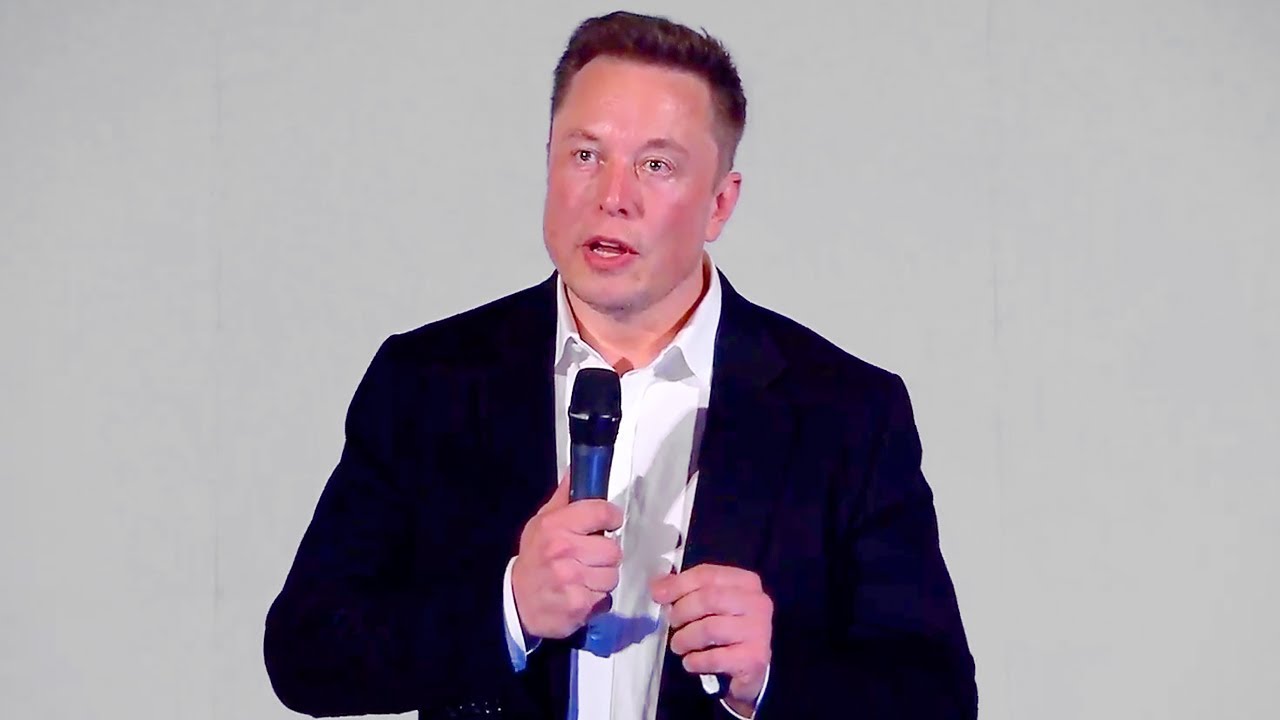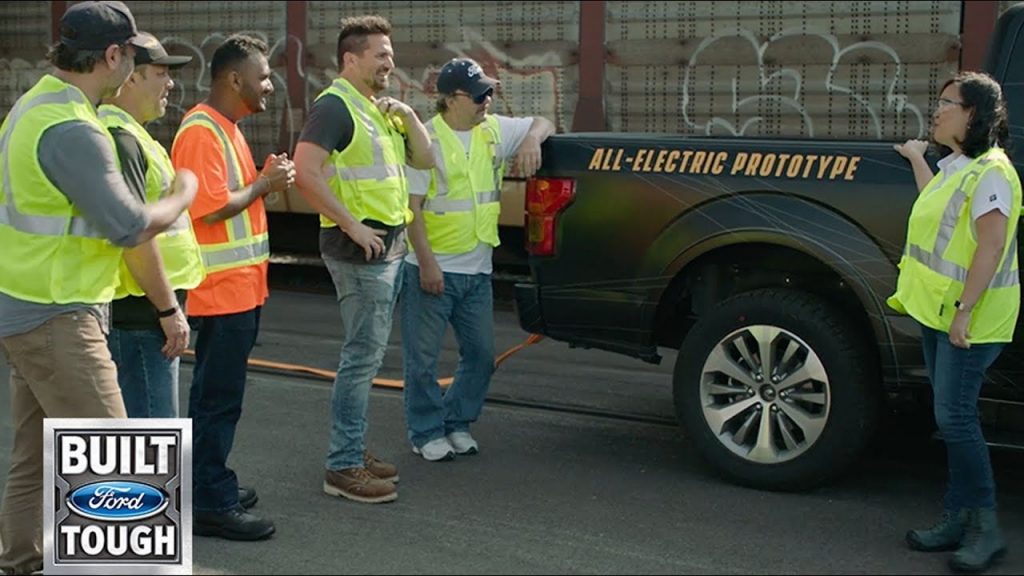Watch Elon Musk’s Neuralink presentation

Electric vehicles, rockets… and now brain-computer interfaces.
Elon Musk’s newest venture, Neuralink, aims to bridge the gap between humans and artificial intelligence by implanting tiny chips that can link up to the brain. At a press conference on July 16, Neuralink’s ambitious plans were detailed for the first time, showcasing a future (a very distant future!) technology that could help people deal with brain or spinal cord injuries or controlling 3D digital avatars.
What animals were showcased during the presentation and what did they demonstrate about the device?
On Friday, August 28th, Elon Musk’s company, Neuralink, held a live presentation demonstrating the latest advancements in brain-computer interfaces. This highly-anticipated event showcased the incredible progress that Neuralink has made in creating a device that can read and understand the signals within the human brain. For those who missed the presentation, here is a summary of what was presented.
First and foremost, Musk emphasized that the goal of Neuralink is to create a device that can help people with brain disorders or injuries. The team at Neuralink has been working on creating an implantable device, “The Link,” that is thin enough to be inserted into the brain while causing minimal damage. The device contains a large number of tiny, flexible threads that are ten times thinner than a human hair, and can pick up signals from the brain at a much higher resolution than was previously possible.
The presentation then showcased a variety of animals, including a pig named Gertrude, who had already been implanted with The Link. Gertrude was able to demonstrate how the device can pick up signals from various parts of her brain, including her snout and hind legs. Musk then performed a live demonstration on stage, showing the audience that the device could be implanted into a human brain without causing any undue harm.
Another exciting feature of The Link is that it can transmit signals wirelessly to an external device, such as a phone or computer. This means that doctors and scientists could potentially monitor and analyze brain activity in real-time. This technology could also pave the way for new treatments for various neurological conditions, such as Parkinson’s disease or paralysis.
Of course, many people were concerned about the ethical implications of such an advanced device. Musk addressed these concerns during the presentation, stating that the device would be completely voluntary and that all data collected from it would be protected. He also emphasized that its initial use would be to help people who have experienced neurological damage or disease, rather than for enhancing human intelligence or abilities.
In conclusion, Elon Musk’s Neuralink presentation showcased groundbreaking advancements in brain-computer interfaces. The Link has the potential to revolutionize the field of neuroscience and help countless people with neurological disorders. Although the technology is still in its early stages, it is exciting to think about what the future may hold for brain-computer interfaces.









10 MEAN Celebs Who Secretly Have A HEART OF GOLD
The Real Reason Why Meg Ryan’s Career Was Destroyed
10 Famous Co-Stars Who Hated Working With Each Other
10 Most Beautiful Faces According To Science
Stranger Things’ Caleb McLaughlin and Sadie Sink Take A Friendship Test | Glamour